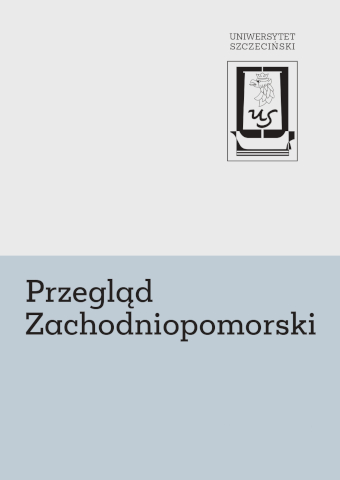| 1. | Barro R., Sala-i-Martin X., Economic growth, Boston 2004. |
| 2. | Becker G.S., Human Capital, New York 1961. |
| 3. | Churski P., Czynniki rozwoju regionalnego i polityka regionalna w Polsce w okresie integracji europejskiej, Poznań 2008. |
| 4. | Czapiewski K., Czy struktura funkcjonalna warunkuje zaistnienie sukcesu na obszarach wiejskich, w: Dychotomiczny rozwój obszarów wiejskich, red. W. Kamińska, K. Heffner, Warszawa 2001. |
| 5. | Domański R., Gospodarka przestrzenna. Problemy teoretyczne, Warszawa 2007. |
| 6. | Domański S.R., Kapitał ludzki i wzrost gospodarczy, Warszawa 1993. |
| 7. | Faggian A., McCann P., Human Capital and Regional Development, w: R. Capello, P. Nijkamp (red.), Handbook of Regional Growth and Development Theories, |
| 8. | North ampton 2009. |
| 9. | Hanushek E.A., Woessmann L., The Economics of International Differences in Educational Achievement, „NBER Working Paper” 2010, no. 15949. |
| 10. | Jabłoński Ł., Kapitał ludzki a konwergencja gospodarcza, C.H. Beck, Warszawa 2012. |
| 11. | Jones G., Schneider W.J., Intelligence, Human Capital, And Economic Growth: A Bayesian Averaging Of Classical Estimates (Bace) Approach, „Journal of Economic Growth” 2006, nr 11 (1). |
| 12. | Jones L.E., Manuelli R., A convex model of equilibrium growth: Theory and policy implications. „Journal of Political Economy” 1990, 98 (5, Part 1). |
| 13. | Klonowska-Matynia M., Czynniki edukacyjne a przestrzenne rozmieszczenie kapitału ludzkiego na obszarach wiejskich w Polsce, „Acta Universitatis Lodziensis. Folia Oeconomica” 2017, vol. 1, t. 327. |
| 14. | Klonowska-Matynia M., Kapitał ludzki na obszarach wiejskich w Polsce. Analiza przestrzenna, „Handel Wewnętrzny” 2017, 4 (369), t. I. |
| 15. | Kozuń-Cieślak G., Efektywność inwestycji publicznych w kapitał ludzki, „Ekonomista” 2013, nr 3. |
| 16. | Lucas R., On the mechanics of economic development, „Journal of Monetary Economics” 1988, nr 22 (1). |
| 17. | Malaga K., Kliber P., Konwergencja i nierówności regionalne w Polsce w świetle neoklasycznych modeli wzrostu, Poznań 2007. |
| 18. | Mincer J., On-the-jobTraining: Costs, Returns and Some Implications, „Journal of Political Economy” 1962, nr 5. |
| 19. | Nowak E., Metody taksonomiczne w klasyfikacji obiektów społeczno-gospodarczych, Warszawa 1990. |
| 20. | Parysek J.J., Podstawy gospodarki lokalnej, Poznań 2001. |
| 21. | Romer P.M., Human capital and growth: Theory and evidence, „Carnegie-Rochester Conference Series on Public Policy” 1990, vol. 32 (1). |
| 22. | Rosner A., Wiejskie obszary skumulowanych barier rozwojowych, w: Wiejskie obszary kumulacji barier rozwojowych, red. A. Rosner, Warszawa 2002. |
| 23. | Rosner A., Stanny M., Monitoring rozwoju obszarów wiejskich, Warszawa 2014. |
| 24. | Schultz T.W., Education and Economic Growth, Chicago 1975. |
| 25. | Schultz T.W., The Economic Value of Education, New York 1963. |
| 26. | Stanny M., Przestrzenne zróżnicowanie obszarów wiejskich w Polsce, Warszawa 2013. |
| 27. | Wiejskie obszary kumulacji barier rozwojowych, red. A. Rosner, Warszawa 2002. |
| 28. | Wójcik P., Dywergencja czy konwergencja: dynamika rozwoju polskich regionów, „Studia Regionalne i Lokalne” 2008, nr 32 (2). |







